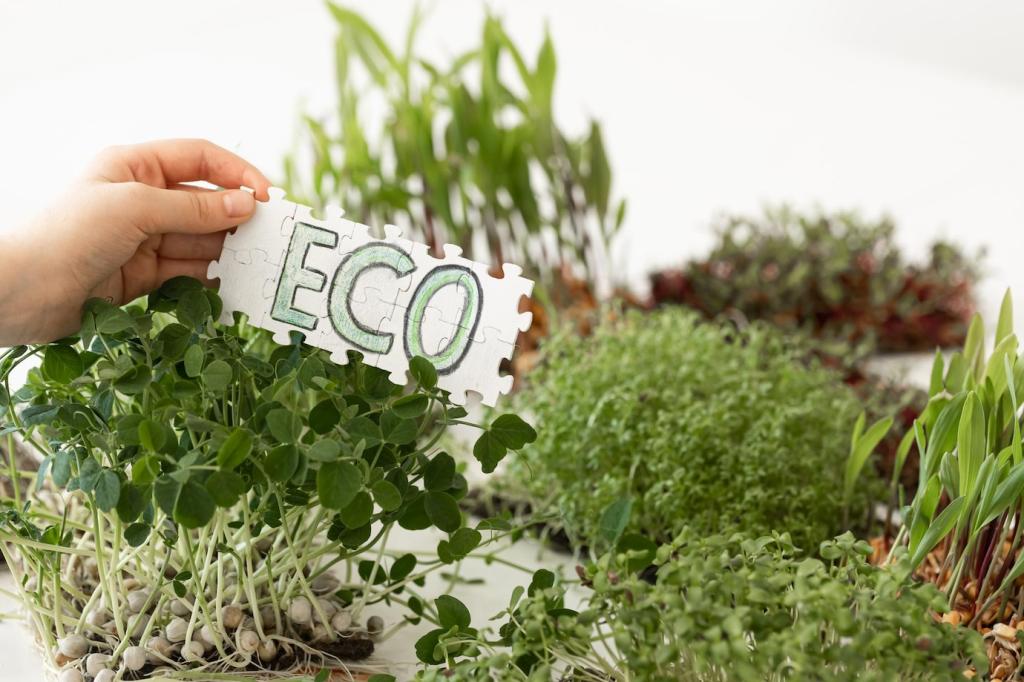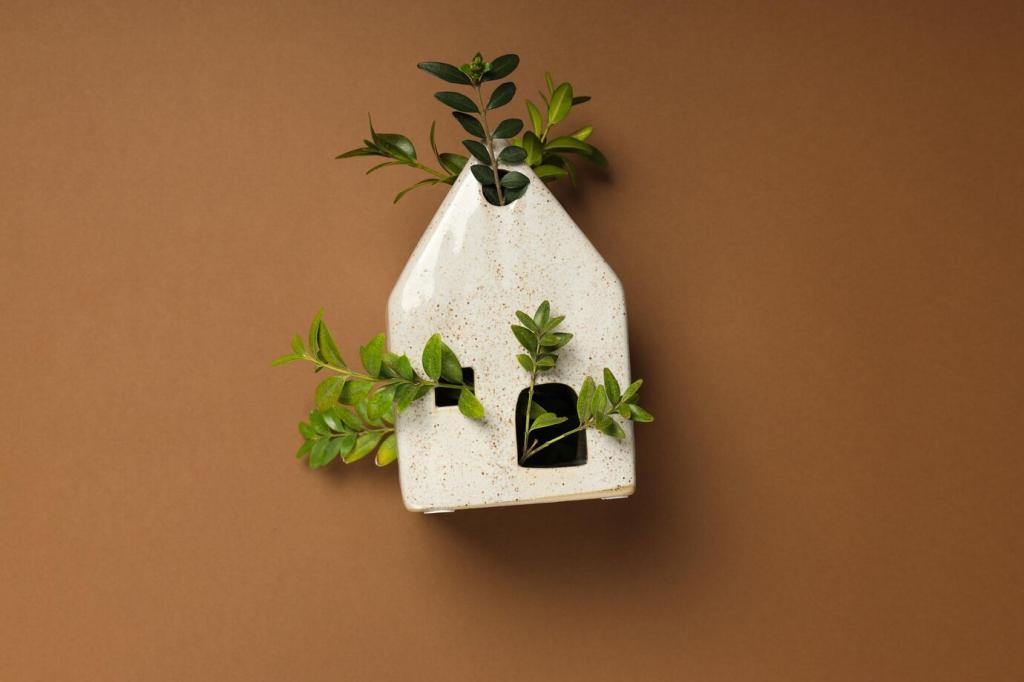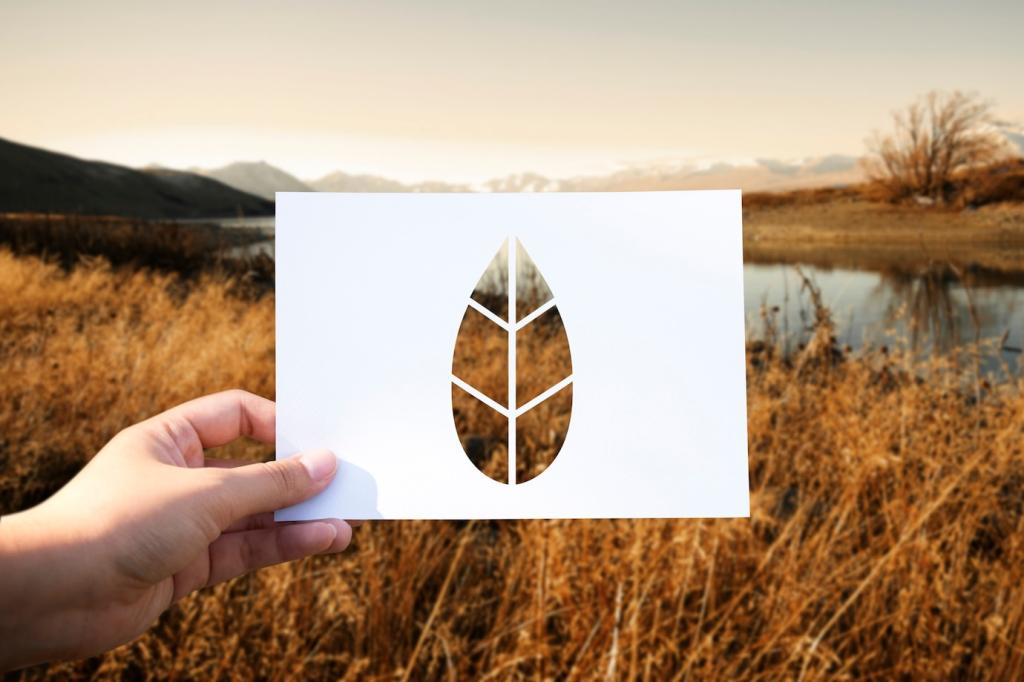Why Green Roofs and Living Walls Matter
Vegetated roofs and vertical gardens reduce surface temperatures through shade and evapotranspiration, easing the urban heat island effect. On sweltering afternoons, roof surfaces can be dozens of degrees cooler than bare membranes, protecting people and infrastructure.
Why Green Roofs and Living Walls Matter
Soils and plant roots act like sponges, delaying and reducing runoff during downpours. In one summer cloudburst, a retrofitted community center roof captured thousands of liters, sparing streets from flash flooding and neighbors from basement stress.
Why Green Roofs and Living Walls Matter
Pollinators and songbirds find refuge among sedums, grasses, and native wildflowers. A custodian in Brooklyn tells us bees returned after decades away, drawn to rooftop blooms where only tar and vents existed before.
Why Green Roofs and Living Walls Matter
Lorem ipsum dolor sit amet, consectetur adipiscing elit. Ut elit tellus, luctus nec ullamcorper mattis, pulvinar dapibus leo.







